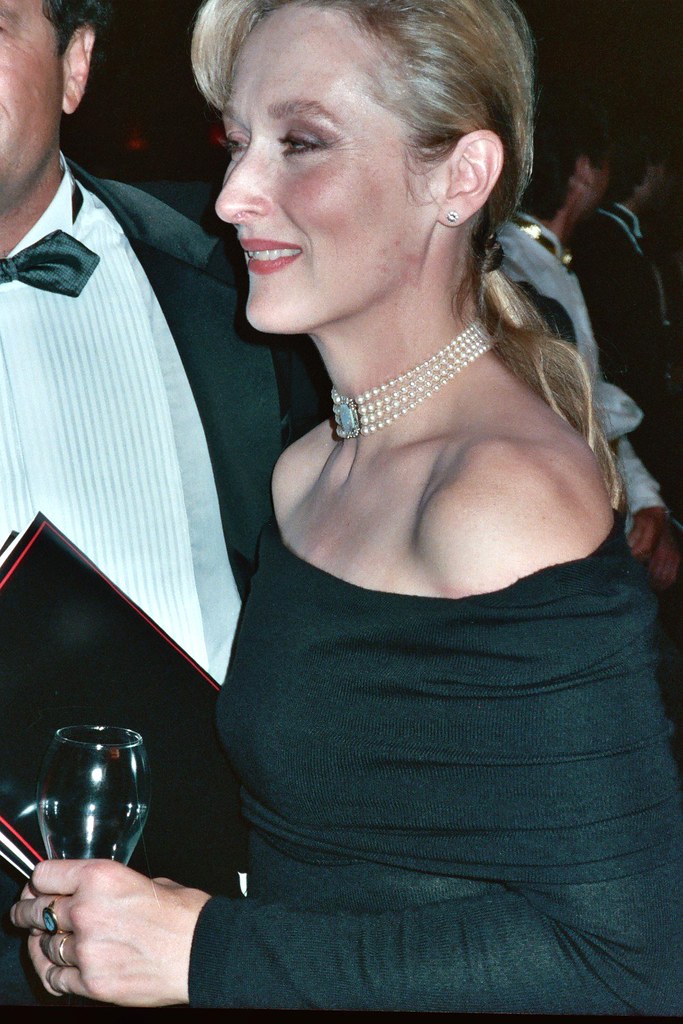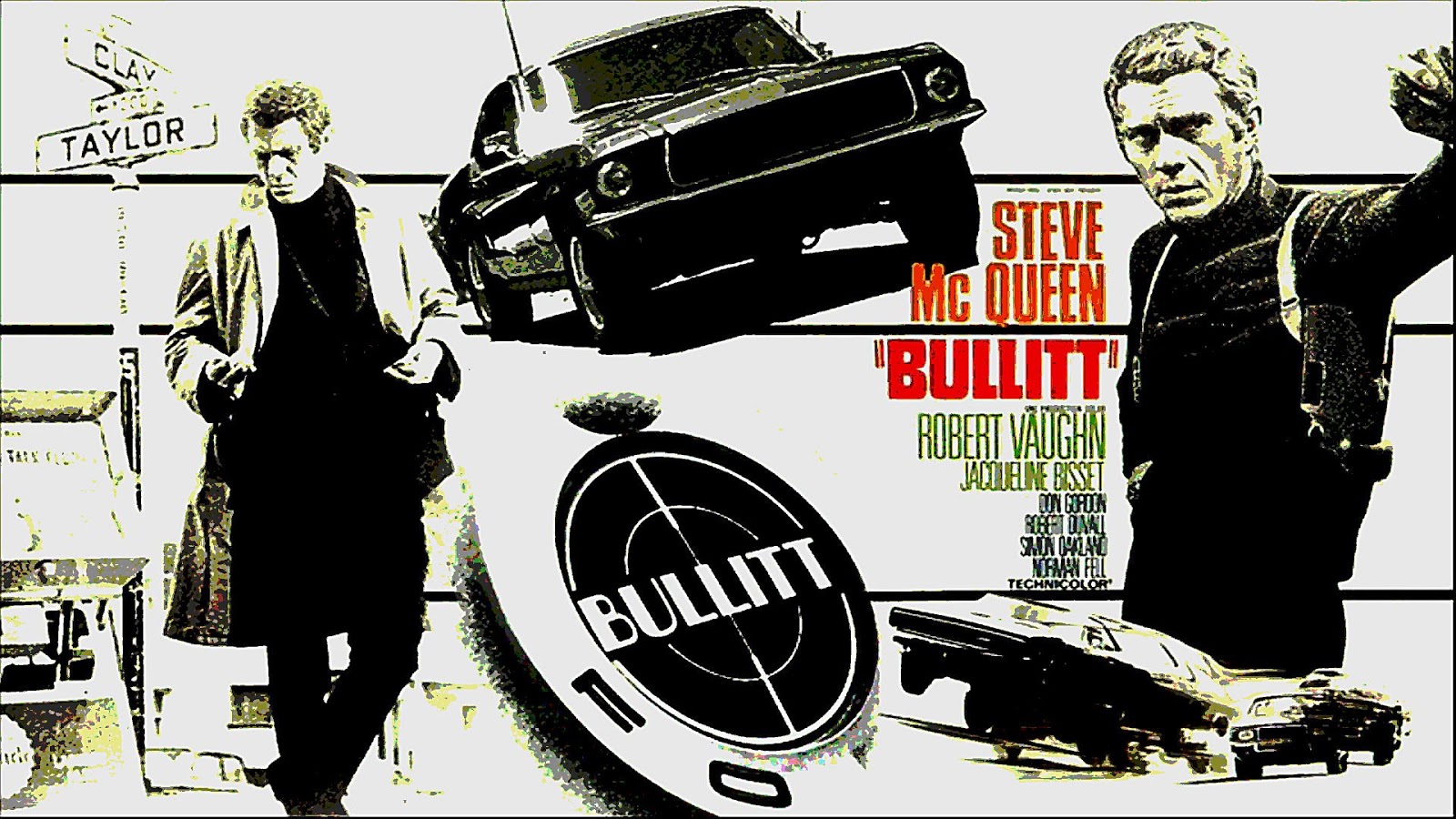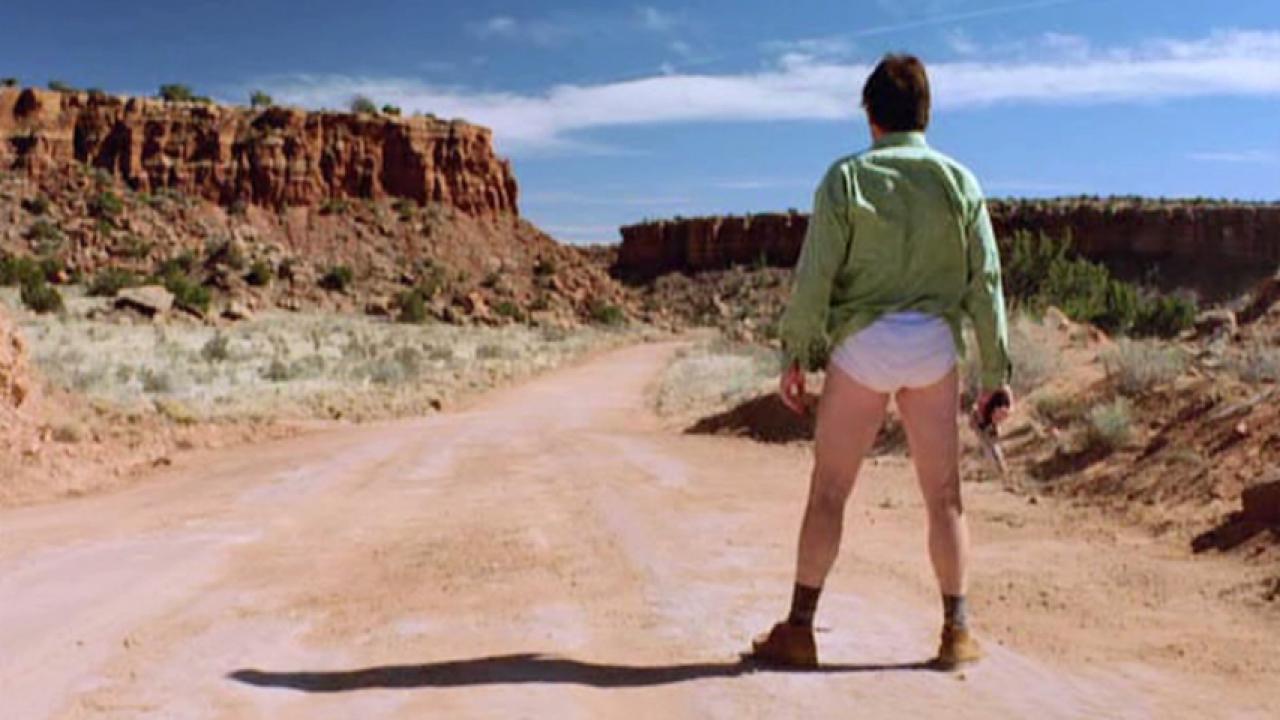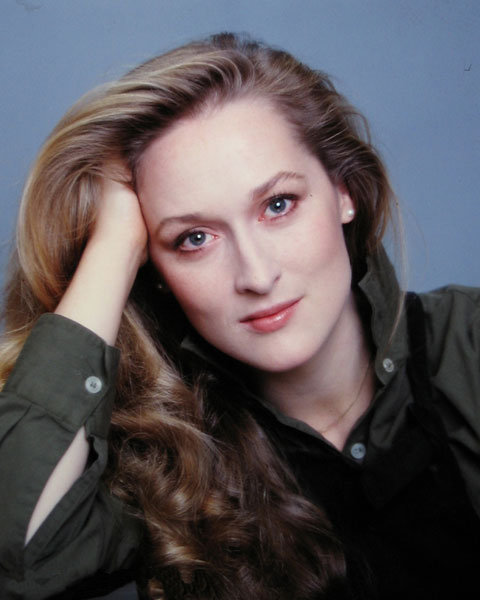
Meryl Streep. The name alone conjures images of unparalleled talent, an almost mythical ability to inhabit any character, and a career studded with more accolades than nearly any other actor in history. With a staggering 21 Academy Award nominations and three wins, alongside 32 Golden Globe nominations and eight victories, Streep has solidified her status as not merely an actress, but a true cinematic institution, consistently delivering performances that resonate deeply with audiences and critics alike. Her journey, spanning almost half a century, is a testament to dedication, versatility, and a relentless pursuit of artistic excellence.
Yet, even for an artist of Streep’s monumental stature, the path to greatness is rarely without its intricate challenges, its unexpected turns, and, at times, its profound regrets. Behind the glittering awards and the universally acclaimed portrayals lies a human experience, replete with moments of artistic frustration, personal discomfort, and the candid admission that not every creative endeavor brings unadulterated joy. It is a testament to her honesty and the depth of her artistic process that Streep has occasionally opened up about the less glamorous aspects of her work, offering a rare glimpse into the internal landscape of an actor committed to their craft, even when the craft itself proves taxing.
In this exploration, we delve into some of Meryl Streep’s most revealing confessions, peeling back the layers on iconic roles and pivotal career moments that, despite their eventual success or critical acclaim, were marked by personal struggle or artistic dissatisfaction for the legendary actress. We aim to understand the nuances of these experiences, to appreciate the “price” of her formidable dedication, and to illuminate the moments where even the greatest performer found herself grappling with the demands of her art, whether it was the isolating intensity of method acting, the frustrations of technical innovation, or the raw disillusionment of an early career setback.
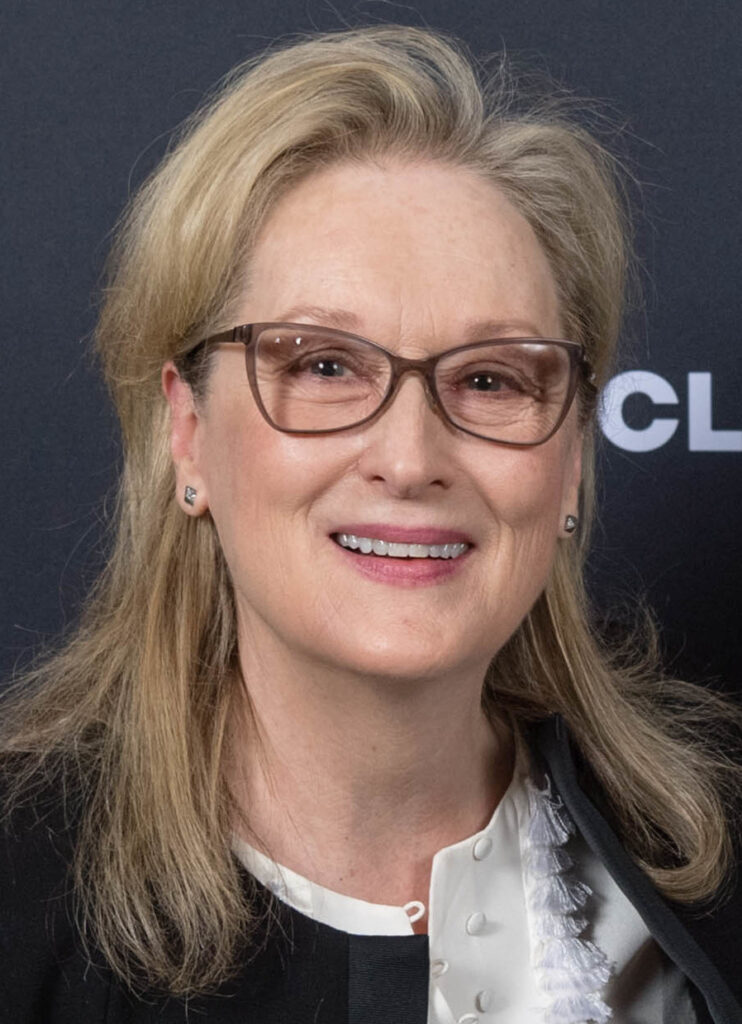
1. **The Devil Wears Prada: The Ordeal of Method Acting**Meryl Streep’s portrayal of Miranda Priestly, the formidable editor-in-chief of Runway magazine in “The Devil Wears Prada,” stands as one of her most indelible and iconic performances. It’s a role that perfectly blended humor with hardness, creating a character so universally recognized for her icy demeanor and impossibly high standards that she instantly became a pop culture touchstone. Her delivery of lines such as “Florals for spring? Groundbreaking” became legendary, effortlessly achieving comedic effect through sheer, understated gravitas. This performance earned Streep an Oscar nomination for Best Actress and a Golden Globe for Best Actress, cementing its place in her illustrious filmography.
However, the creation of this cinematic titan came at a significant personal cost to Streep. To fully embody Miranda Priestly’s sense of unconquerable power and intimidation, Streep made the conscious decision to employ method acting. This involved not just playing the character on screen, but also maintaining Miranda’s aloof and detached persona off-screen, intentionally distancing herself from her co-stars, Anne Hathaway and Emily Blunt, throughout the filming process. It was a deliberate choice aimed at enhancing the on-screen dynamic, ensuring that the fear and intimidation felt by her character’s subordinates were authentically mirrored in the interactions on set.
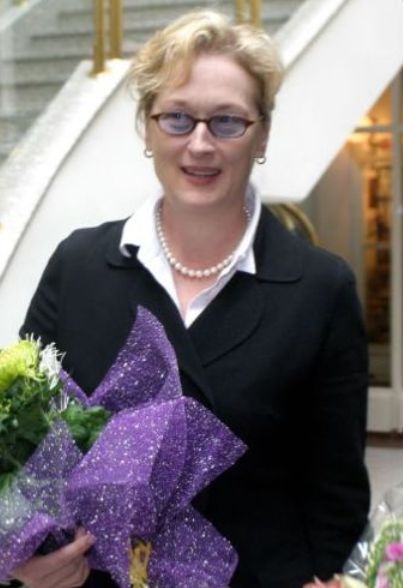
This immersive approach, while undoubtedly contributing to the authenticity and impact of her performance, left Streep feeling profoundly isolated and miserable. She candidly recalled the experience as “horrible!” and confessed, “I was [miserable] in my trailer. I could hear them all rocking and laughing. I was so depressed!” The contrast between her self-imposed isolation and the camaraderie of her castmates was stark, and deeply affected her emotional state during production. Emily Blunt, her co-star, corroborated this, noting that while Streep wasn’t unapproachable, “in some ways it wasn’t the most fun for her having to remove herself.”
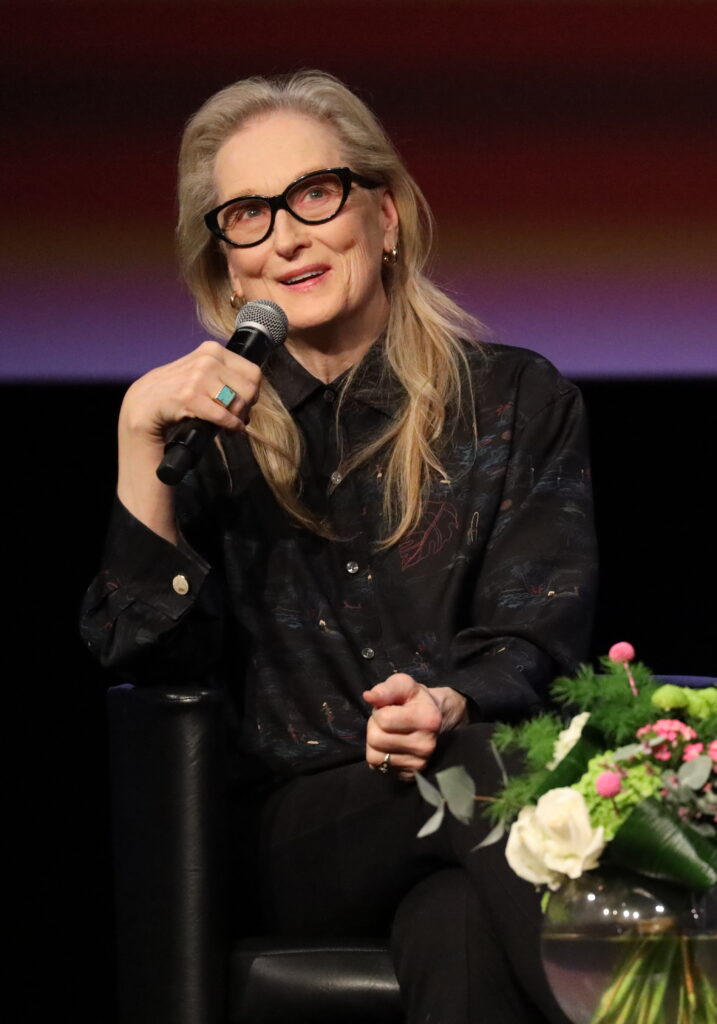
Streep herself acknowledged the sacrifice inherent in her chosen approach, reflecting, “I said, ‘Well, it’s the price you pay for being boss!’ That’s the last time I ever attempted a Method thing!” This declaration underscores the depth of her discomfort and her determination to avoid a similar experience in future roles. Despite the widespread acclaim and the enduring legacy of Miranda Priestly, the personal toll taken by her method acting was significant enough to prompt a reevaluation of her artistic process, highlighting the challenging boundaries between an actor’s craft and their personal well-being.
Emily Blunt further articulated the impact of this role on Streep, even going so far as to describe Miranda Priestly as the “Mamma Mia! actress’s least favorite role.” Blunt observed, “I remember talking to Meryl Streep when we did Devil Wears Prada, and she said it was her least favourite role, because you’re devoid of any softness or emotion really, and I understand that.” This perspective reinforces the idea that while the performance was a triumph, the experience of stripping away her natural gregariousness and warmth to embody such a cold, demanding character was deeply unsettling for Streep, marking it as a role she regretted in terms of the emotional journey it necessitated.
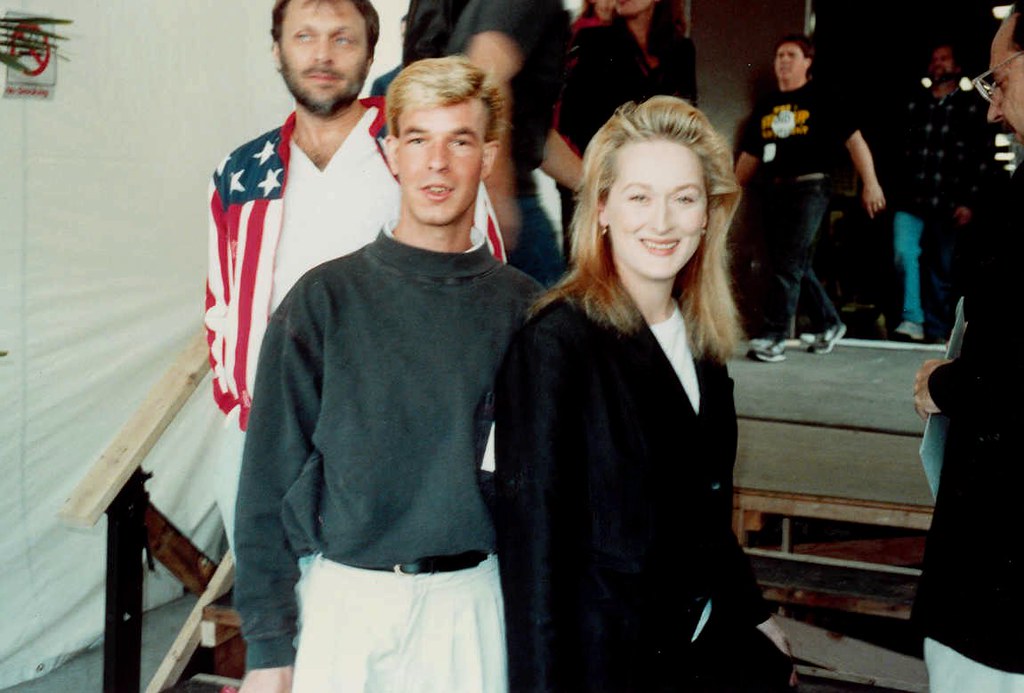
2. **Julia: An Early Brush with Disillusionment**Long before the endless accolades and the secure footing as one of Hollywood’s most revered talents, Meryl Streep faced early career hurdles that almost led her to abandon acting altogether. Her film debut came with the 1977 drama “Julia,” a significant project starring Jane Fonda, offering Streep one of her very first cinematic opportunities. This early experience, however, was far from the inspiring immersion one might expect for a burgeoning star, instead becoming a source of immediate and profound disillusionment that shook her burgeoning confidence.
The challenges on the set of “Julia” were a stark introduction to the less glamorous, more frustrating aspects of film production. Streep specifically recalled two instances that contributed to her dismay. She was given “a bad wig,” a seemingly minor detail that can significantly impact an actor’s comfort and connection to their character’s physicality. More critically, she experienced a jarring editorial decision where “they took the words from the scene I shot with Jane and put them in my mouth in a different scene,” an alteration that undermined the integrity of her performance and the context in which she had originally delivered her lines.
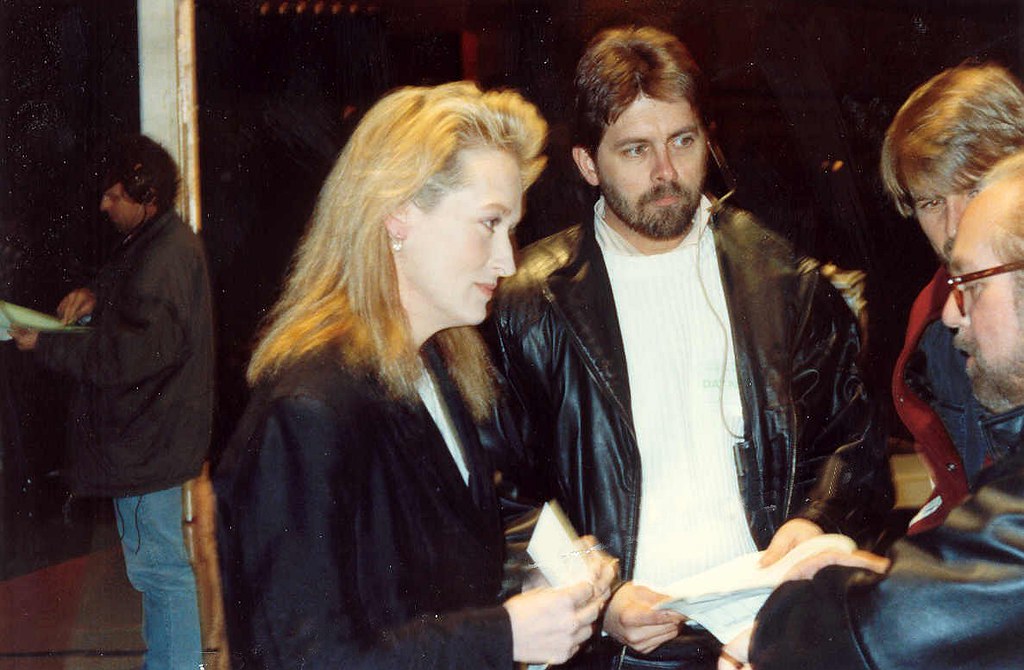
These early production missteps deeply affected Streep, leading her to question her entire career trajectory. She candidly articulated her despair at the time, stating, “I thought, ‘I’ve made a terrible mistake, no more movies. I hate this business.’” This raw admission reveals the fragility of an artist’s resolve in the face of what feels like a compromised or mishandled creative output. For a performer as meticulous and dedicated as Streep, such a disregard for authenticity, even in minor roles, was clearly a significant blow.
Fortunately for audiences and cinematic history, Streep’s early discouragement did not lead to her departure from the screen. Despite these initial feelings of regret and a desire to give up acting, she persevered, channeling her passion and talent into subsequent projects. This resilience allowed her to overcome what could have been a career-ending experience, transforming it instead into a formative lesson about the unpredictable nature of filmmaking. Her ability to push past such an early, frustrating encounter ultimately paved the way for her to become one of the best and most celebrated actresses of all time, making this early regret a pivotal moment of artistic perseverance.
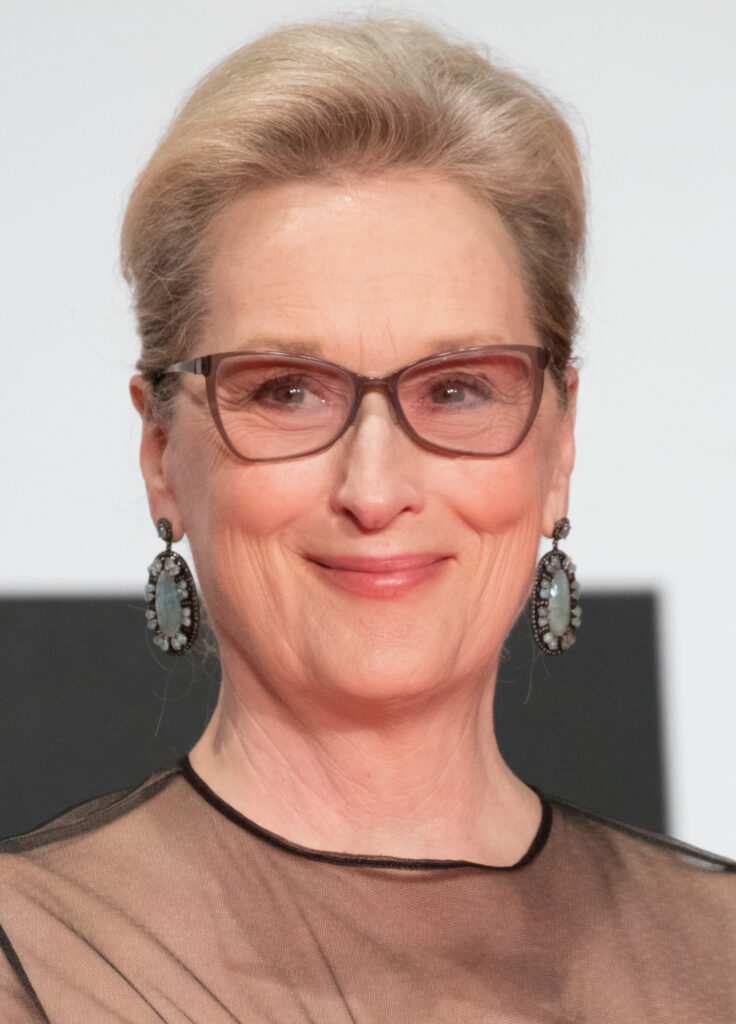
3. **Death Becomes Her: The Challenges of Early CGI**In the landscape of her diverse filmography, Meryl Streep’s experience with Robert Zemeckis’s 1992 dark comedy “Death Becomes Her” stands out not for its dramatic intensity, but for its pioneering use of cutting-edge visual effects. This film marked Streep’s introduction to a world increasingly reliant on heavy Computer-Generated Imagery (CGI), a technological leap that, while revolutionary for cinema, proved to be an artistically sterile and personally unfulfilling endeavor for the acclaimed actress. It was an experience that starkly contrasted with her traditional, character-driven approach to acting.
Streep found the demands of acting opposite CGI elements to be profoundly alienating from the organic process she cherished. She described the act as essentially becoming “a piece of machinery” herself, standing in isolation and performing to inanimate objects. This stripped away the dynamic interplay and emotional connection that typically define her performances alongside other actors. Her reflection, “they should get machinery to do it,” powerfully conveys her sentiment that the human element, the very essence of acting, was diminished by the technological requirements of the production.
The disjunction between her artistic expectations and the reality of CGI filming led to a definitive and unreserved declaration from Streep. She famously told Entertainment Weekly about her experience, emphatically stating, “My first, my last, my only.” This unequivocal statement highlights her profound dislike for the process, underscoring how deeply it diverged from her preferred methods of character immersion and interaction. It was an arduous journey into uncharted cinematic territory, one she was not eager to replicate.
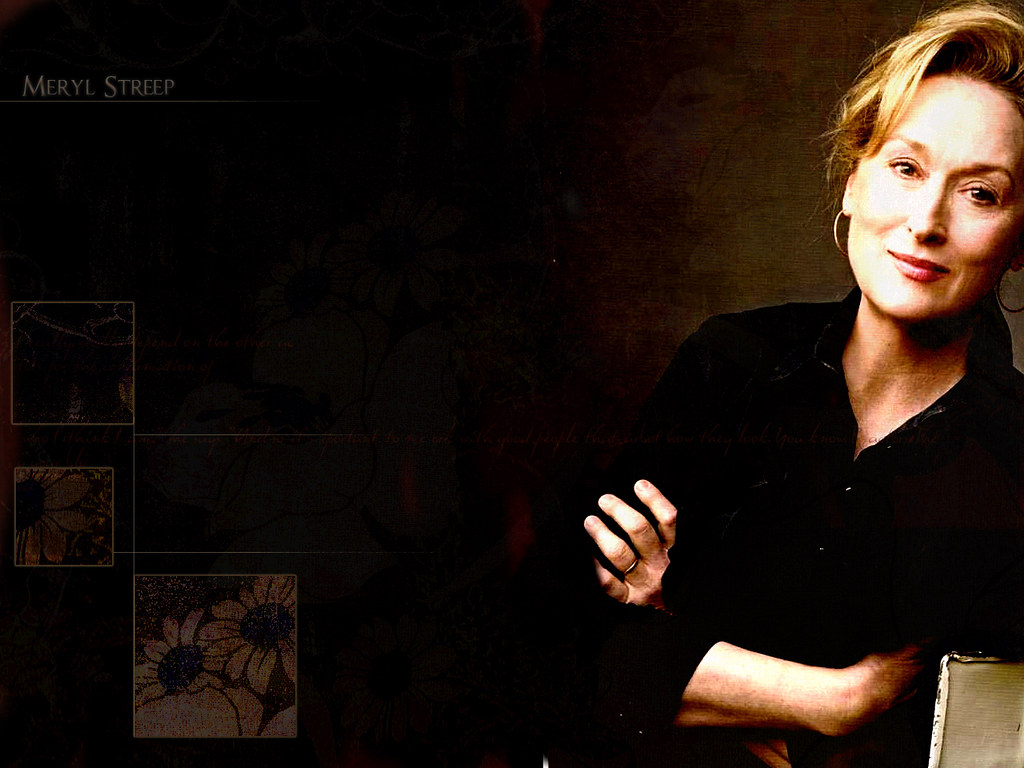
To further illustrate her discomfort, Streep drew a vivid, relatable comparison. She likened the experience of acting to a lampstand or an empty space to “being at the dentist.” This analogy perfectly captures the feeling of enduring an unpleasant, often isolating, and technically precise procedure rather than engaging in a fluid, creative act. It speaks volumes about the lack of artistic gratification she derived from having to perform without the immediate, tangible presence of a scene partner or a fully realized environment.
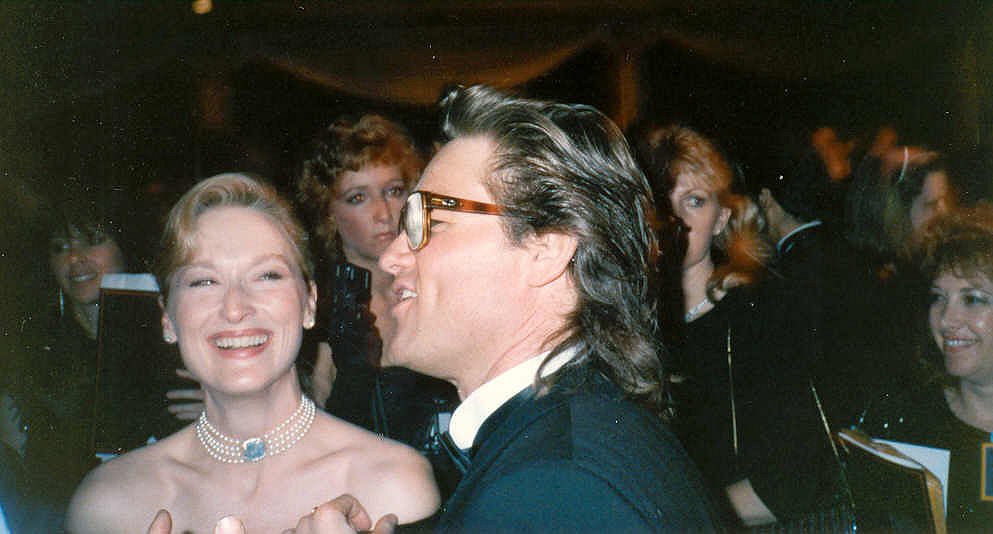
While Streep admitted, “I loved how it turned out,” acknowledging the impressive final visual spectacle of the film, her appreciation was purely for the end product, not the journey. The experience of acting in “Death Becomes Her” clearly underscored a significant preference for performance rooted in tangible interactions and emotional immediacy, rather than the abstract demands of nascent CGI technology. This groundbreaking, yet personally challenging, role became a memorable instance of Streep enduring an artistic process she found inherently un-fun, further illustrating the varied sources of regret and challenge in even the most glittering careers.

